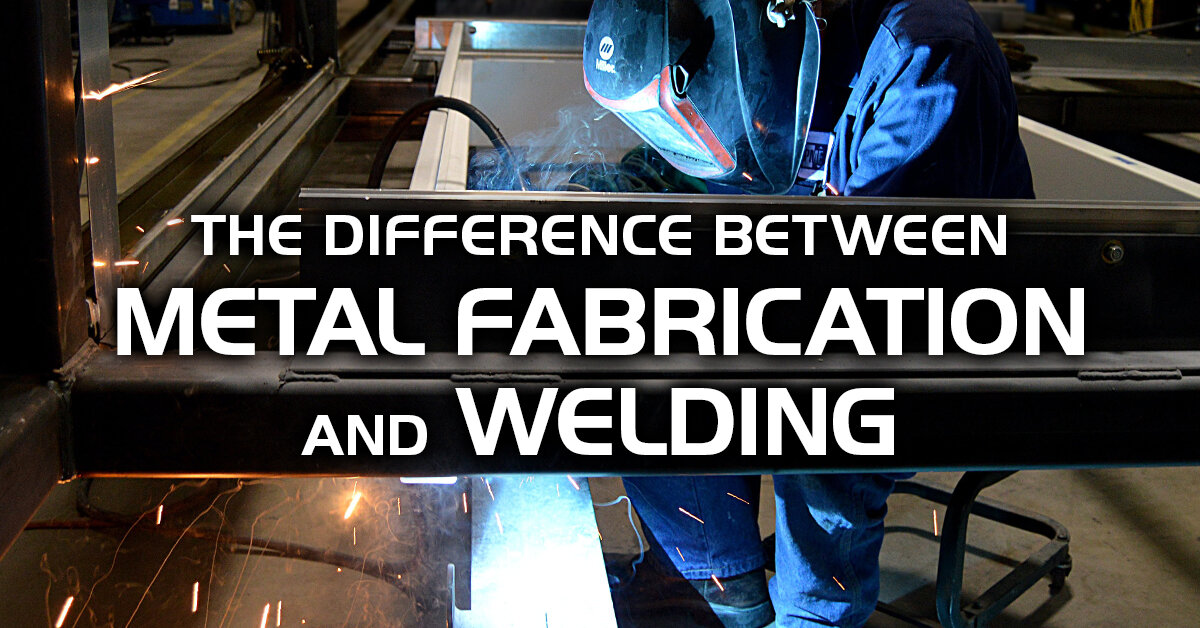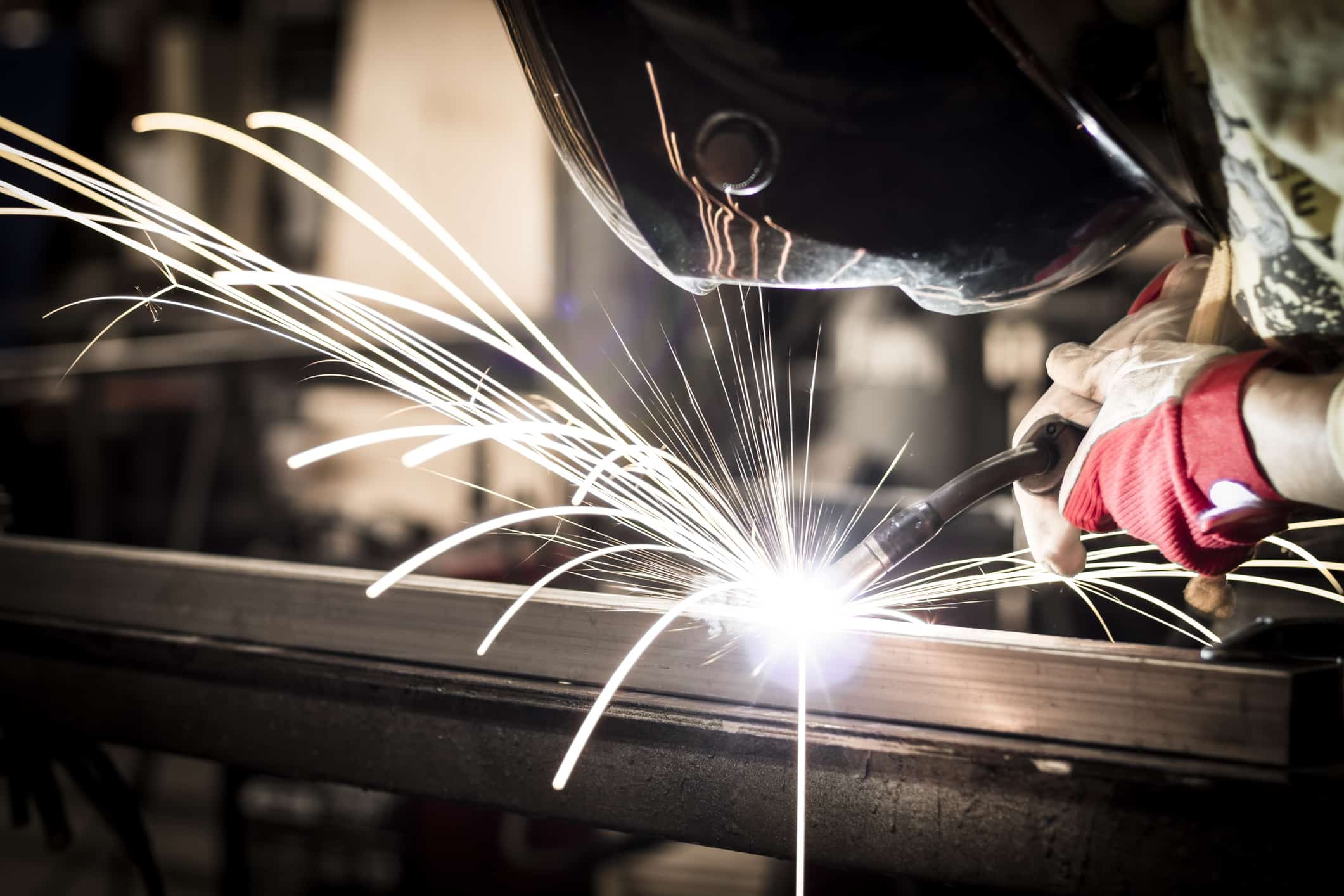Common Welding Repair Issues and How to Address Them Effectively
Welding repairs typically experience a variety of issues that can endanger the stability of the last product. Typical problems consist of inadequate penetration, porosity, and imbalance, to name a few. Each issue provides special obstacles that call for certain strategies for resolution. Comprehending these issues is crucial for welders intending to enhance their abilities and results. This discussion will certainly explore these usual welding repair service problems and efficient methods to address them.
Insufficient Penetration
Insufficient penetration happens when the weld metal stops working to totally fuse with the base product, causing weak joints and prospective structural failings. This concern often originates from insufficient warm input, incorrect electrode angle, or incorrect welding rate. Welders may encounter inadequate infiltration because of a miscalculation of the required parameters for a certain material density or type. In addition, contamination on the base product's surface area can prevent effective bonding, aggravating the issue. To address poor infiltration, welders must guarantee suitable setups on their devices and maintain a tidy job surface area. Normal inspection of welds is advised to determine any deficiencies early, permitting prompt improvements and the prevention of compromised architectural honesty in welded settings up.
Porosity
Porosity is a typical flaw in welded joints that shows up as tiny gas bubbles caught within the weld steel. This issue can jeopardize the honesty of the weld, bring about minimized toughness and possible failing under stress and anxiety. Montana Mobile Welding and Repair Fabrication. Porosity commonly emerges from contamination, dampness, or incorrect welding techniques, which allow gases to escape into the liquified weld swimming pool. To resolve porosity, welders should assure appropriate surface prep work, keep a tidy workplace, and use appropriate welding criteria. Furthermore, selecting the ideal filler product and shielding gas can reduce gas entrapment. Regular examination and testing of welds can assist recognize porosity early, assuring timely rehabilitative actions are taken, thereby protecting the quality and reliability of the bonded framework
Imbalance
Misalignment in welding can occur from different variables, including incorrect configuration and thermal growth. Understanding the root creates is crucial for reliable resolution. Numerous improvement strategies are readily available to straighten parts and assure architectural honesty.
Reasons for Misalignment
Welding imbalance commonly originates from a range of underlying problems that can compromise structural integrity. One primary reason is inappropriate fit-up of parts before welding, which can cause gaps and irregular surfaces. Variants in thermal expansion during the welding procedure can likewise lead to distortion, specifically if the products being signed up with have different coefficients of growth. Additionally, inadequate fixturing and securing might fall short to hold components safely in position, bring about motion throughout welding. Badly kept tools, consisting of welding devices and devices, may present variances in the weld grain, more adding to misalignment. Operator error, stemming from not enough training or experience, can likewise play a significant function in developing misaligned welds.

Correction Strategies Available
Dealing with imbalance successfully needs a combination of corrective strategies tailored to the particular problems available. One typical method is making use of fixtures or jigs to hold components in the proper position throughout welding, making certain constant placement. In addition, preheating the products can help in reducing distortion and enhance fit-up. For substantial imbalance, mechanical realignment strategies, such as utilizing hydraulic jacks or clamps, can be employed to fix the placement before welding. Post-weld heat treatment might additionally be needed to relieve stresses brought on by imbalance. Mindful assessment and adjustment during the configuration phase can stop misalignment issues from coming to be significant problems, promoting a smoother welding procedure and boosting general architectural integrity.
Distortion
Distortion is a common challenge in welding that can arise from various aspects, consisting of irregular cooling and heating. Comprehending the root causes of distortion is essential for executing efficient prevention techniques. Resolving this issue not just boosts architectural honesty but also improves the overall top quality of the weld.
Sources of Distortion
When based on the intense heat of welding, products frequently undergo changes that can lead to distortion. This sensation largely emerges from thermal development and tightening throughout the welding procedure. As the weld location warms up, the product expands; upon cooling, it gets, which can develop internal stress and anxieties. On top of that, unequal heating across a work surface can worsen these stress and anxieties, causing warping or bending. The sort of material also plays a significant function; metals with differing thermal conductivity and coefficients of development may react differently, causing unforeseeable distortions. Poor joint style and inadequate fixturing can contribute to imbalance during welding, boosting the likelihood of distortion. Understanding these reasons is essential for efficient welding repair work and prevention strategies.
Prevention Techniques
Reliable avoidance techniques for distortion during welding concentrate on managing heat input and ensuring appropriate joint style. Keeping a regular warm input assists to reduce thermal expansion and tightening, which can cause distortion. Using methods such as pre-heating the workpiece can additionally decrease the temperature gradient, advertising uniform heating. In addition, choosing suitable joint styles, such as T-joints or lap joints, can boost security and navigate here decrease stress concentrations. Applying appropriate fixturing to safeguard the workpieces in position better help in preserving positioning throughout the welding procedure. Staggered welding series can disperse heat extra uniformly, stopping local distortion. By applying these strategies, welders can substantially reduce the likelihood of distortion and enhance the general quality of their welds.
Cracking
Breaking is a typical concern experienced in welding repair services, typically arising from numerous variables such as incorrect cooling rates, product selection, or inadequate joint preparation. The occurrence of splits can significantly endanger the stability of the weld, resulting in potential failures throughout procedure. To address this problem, welders need to initially assess the origin, making certain that products work and properly selected for the certain application. Furthermore, managing the air conditioning rate during the welding process is necessary; rapid air conditioning can cause stress and result in cracking. Proper joint style and preparation likewise contribute to reducing the danger. Implementing these techniques can enhance weld top quality and longevity, eventually reducing the probability of fracturing in completed weldments.

Insufficient Combination
A significant issue in welding repair services is incomplete combination, which happens when the weld steel does not properly bond with the base product or previous weld passes - Montana Mobile Welding and Repair Belgrade Welding. This issue can result in weaknesses in the joint, possibly endangering the honesty of the bonded structure. Elements adding to incomplete fusion consist of not enough heat input, incorrect welding technique, and contamination of the surfaces being joined. To address this problem effectively, welders ought to assure correct pre-weld cleansing and surface preparation, along with readjust their welding specifications to achieve appropriate infiltration and fusion. find out Regular evaluation during the welding procedure can also help recognize incomplete combination early, permitting for timely restorative steps to improve the overall quality of the weld
Overheating
While welding repair services can boost architectural stability, overheating offers a substantial obstacle that can cause material degradation. Extreme warm throughout welding can change the mechanical homes of steels, resulting in decreased stamina, raised brittleness, and bending. This sensation is specifically critical in high-stress applications where structural integrity is vital. Identifying overheating can entail aesthetic inspections for discoloration or distortion, in addition to keeping an eye on temperature level during the welding process. To mitigate the dangers linked with getting too hot, welders should utilize suitable techniques, such as managing warmth input, changing travel speed, and utilizing appropriate filler materials. Additionally, applying pre- and post-weld warm therapies can aid recover product residential properties and boost the total quality of the repair, guaranteeing lasting efficiency and security.
Regularly Asked Inquiries
What Are the Usual Indications of a Welding Flaw?

Just How Can I Evaluate My Welds for High quality?
To check welds for quality, one can make use of aesthetic evaluations, ultrasonic testing, and radiographic approaches. Each technique ensures structural honesty, recognizes defects, and validates adherence to defined criteria, eventually boosting the dependability of the bonded joints.
What Security Preventative Measures Should I Take While Welding?
When welding, one ought to prioritize security by using suitable individual protective devices, making sure proper air flow, securing combustible materials away, maintaining a clean office, and being aware of environments to stop crashes and injuries.
Can I Repair a Weld Without Renovating the Entire Joint?
Repairing a weld without special info redesigning the whole joint is feasible, depending on the damage (Fabrication). Methods such as grinding, including filler material, or using a welding process can effectively deal with particular problems while preserving the bordering structure
What Equipment Are Essential for Reliable Welding Services?
Crucial devices for effective welding repair work include a welding maker, wire brush, mill, safety equipment, clamps, and filler materials. Each tool plays a crucial function in making certain high quality and security throughout the fixing process. Porosity generally occurs from contamination, dampness, or incorrect welding strategies, which allow gases to get away into the liquified weld swimming pool. Poorly maintained tools, including welding machines and devices, might present variances in the weld bead, more contributing to imbalance. When subjected to the intense warmth of welding, products commonly undergo modifications that can lead to distortion. Cracking is a typical problem run into in welding fixings, usually resulting from numerous factors such as incorrect air conditioning rates, product option, or inadequate joint prep work. A considerable issue in welding repair work is incomplete blend, which takes place when the weld metal does not adequately bond with the base material or previous weld passes.